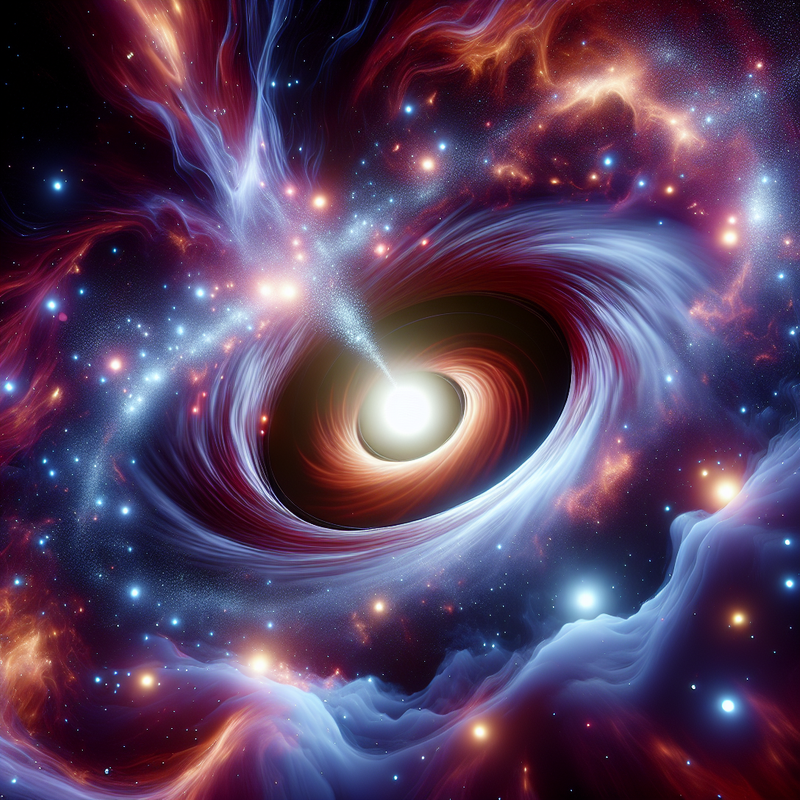A Cosmic Cycle Beyond the Big Bang: An Innovative Hypothesis
A recent study by a collective of astrophysicists presents an innovative hypothesis proposing that the inception of the cosmos might have been part of a more extensive cosmic cycle, with the Big Bang being a secondary phenomenon inside an overarching system. The study, featured in the journal Physical Review D, introduces the idea that our universe could have emerged from the core of a colossal black hole that experienced gravitational collapse.
An Expansive Black Hole Universe Hypothesis
Enrique Gaztanaga, a scholar associated with the research, stated, “Our analysis indicates that the Big Bang might not signify the genesis of everything. Instead, it could be the result of a gravitationally triggered contraction leading to the formation of an extremely large black hole, causing a rebound event.”
This ‘black hole universe’ concept is solidly based on established principles of classical physics and quantum theory. It offers an alternative view on cosmic expansion and the enigmatic dark energy by sidestepping dependence on yet-to-be verified external factors. “This hypothesis is solely built upon existing physics and empirical evidence,” Gaztanaga remarked.
Challenges to the Conventional Big Bang Theory
While the conventional Big Bang framework has provided adequate explanations for numerous features of the cosmos, its reliance on the concept of singularities—a state where physics as we know it breaks down—and unconfirmed factors like cosmic inflation and dark energy has left it open to question.
Challenging this traditional narrative, Gaztanaga’s team leverages known mechanisms of gravitational collapse, common in black hole theory, combined with the quantum exclusion principle. Their calculations suggest that upon nearing a potential singularity, the universe’s scale would fluctuate over time, causing a collapse followed by a rebound that avoids infinite compression.
This process would result in an expanding cosmos, akin to the one we observe today, with phases of accelerated expansion that mirror the effects of cosmic inflation and dark energy. “The rebound becomes a certainty when conditions are ripe,” Gaztanaga clarifies.
Empirical Validation and Implications
An intriguing aspect of this theoretical model is its capacity for validation through empirical evidence. It postulates that our universe has a minor, yet significant, positive spatial curvature—an assertion that deviates from the commonly accepted flat universe model. Upcoming observations, particularly from the forthcoming Euclid mission by the European Space Agency, might substantiate this intriguing hypothesis if signs of this curvature are unearthed.
Furthermore, the ‘black hole universe’ model has the potential to elucidate numerous cosmological puzzles and pave the way for new investigations into the essence of dark matter and the genesis of supermassive black holes. Progressive space missions such as Arrakhis are anticipated to further scrutinize these enigmas, potentially tying them back to the phenomenon of the cosmic bounce.
The research, with details on the conceptual framework and implicated findings, can be found in the paper led by Enrique Gaztañaga, titled “Gravitational bounce from the quantum exclusion principle,” available in Physical Review D.
















